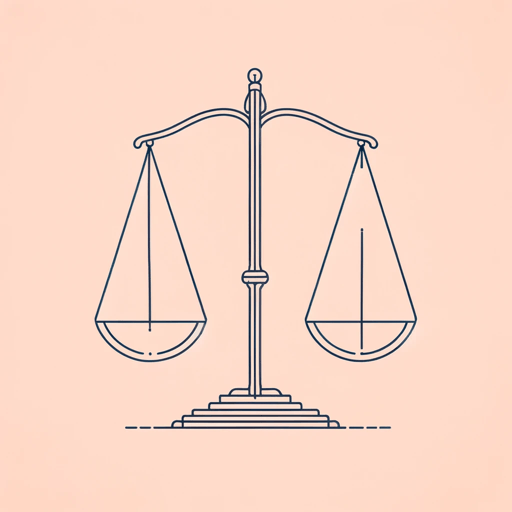49 pages • 1 hour read
Johann HariLost Connections: Uncovering the Real Causes of Depression - and the Unexpected Solutions
Nonfiction | Book | Adult | Published in 2018A modern alternative to SparkNotes and CliffsNotes, SuperSummary offers high-quality Study Guides with detailed chapter summaries and analysis of major themes, characters, and more.
Background
Historical Context: The Modern Spread of Antidepressants
Lost Connections challenges the idea that depression and anxiety are mainly caused by an imbalance in brain chemistry. The idea that depression is brought about by physical problems is deeply rooted in Western thought. Medical treatments for what we today call depression are not new. In the West, beginning in ancient Greece, depression was considered a common symptom of an illness called melancholy. It was thought melancholy was caused by a physical imbalance in the body, and it was often treated with herbal remedies, changes in diet, and other physical prescriptions. By the 19th century, drugs like lithium and opioids began to be prescribed instead of traditional herbal remedies and treatments like bleeding. These drugs were used to treat a variety of conditions, not just depression. They tended to be highly addictive or have harsh side effects. This meant that they weren’t widely commercially available, especially once the drug market became more strictly regulated in the early 20th century.
The first “true” antidepressants, or drugs meant to treat only depression and closely related disorders like anxiety, were developed in 1951. As Hari points out, doctors in New York City developing treatments for tuberculosis discovered the drugs they developed, iproniazid and isoniazid, drastically improved patients’ moods by affecting chemical processes involving the brain (33-34).
Related Titles
By Johann Hari
Featured Collections
Community
View Collection
Health & Medicine
View Collection
Mental Illness
View Collection
National Suicide Prevention Month
View Collection
Philosophy, Logic, & Ethics
View Collection
Popular Book Club Picks
View Collection
Psychology
View Collection
Self-Help Books
View Collection
Sociology
View Collection



